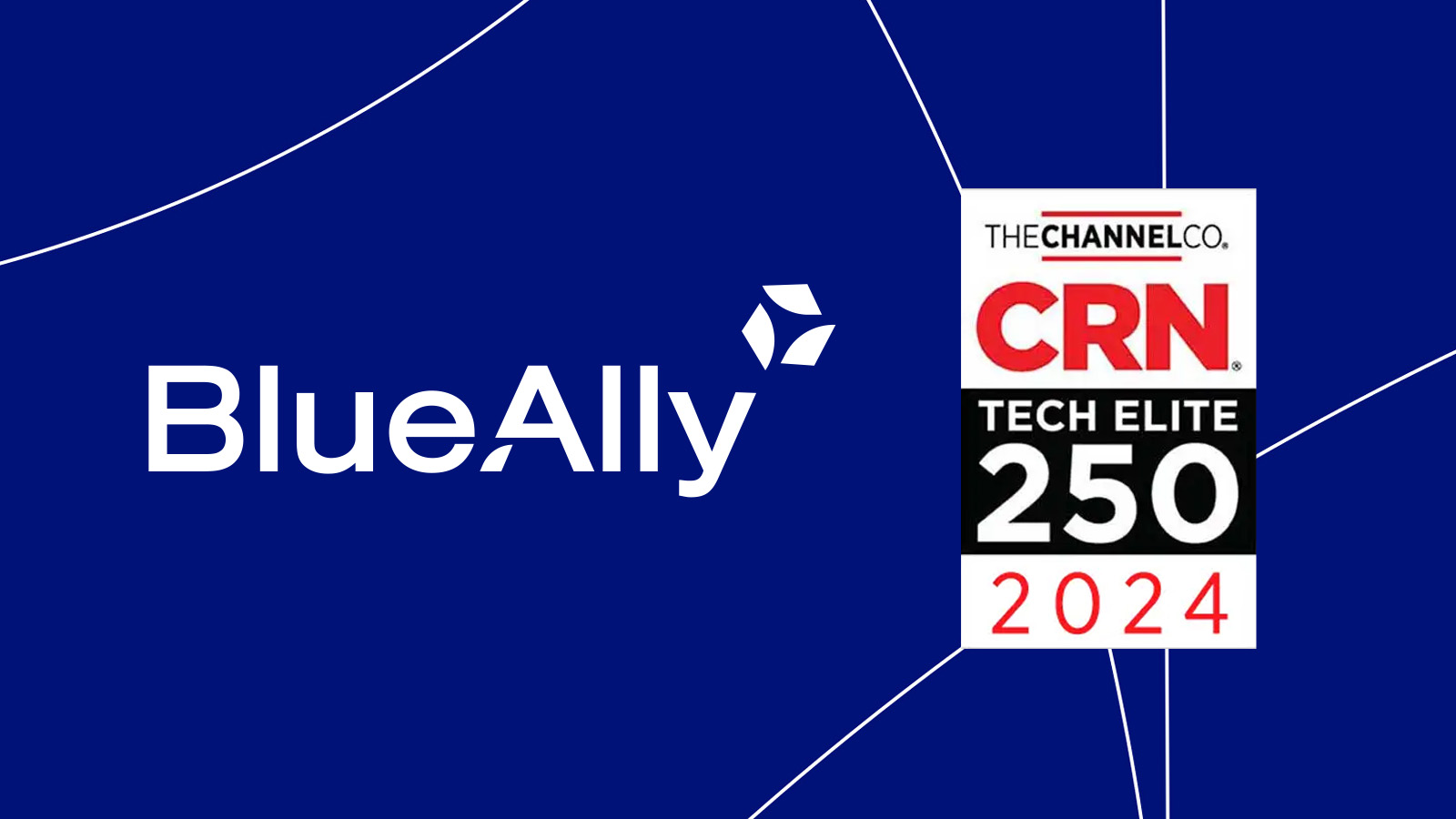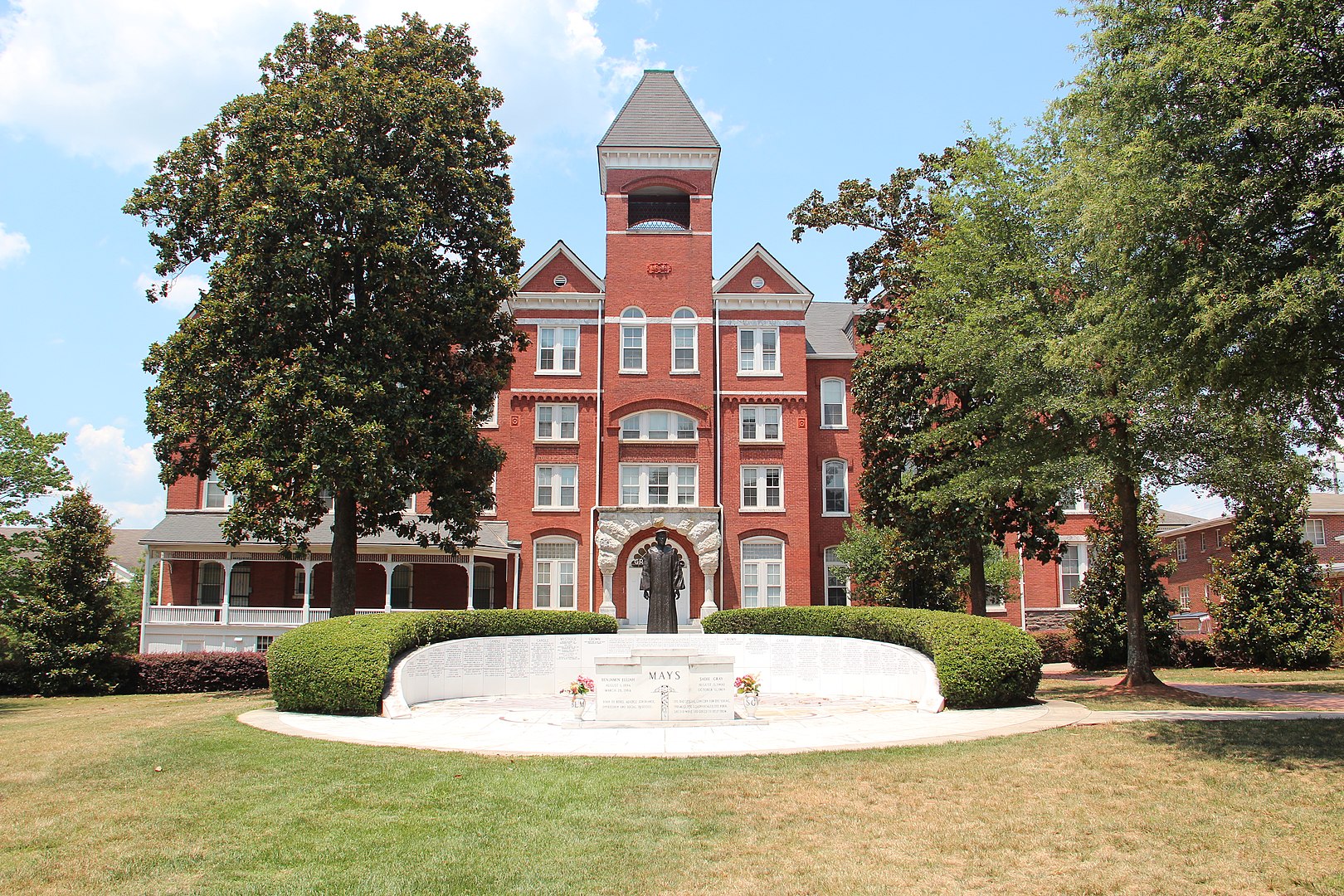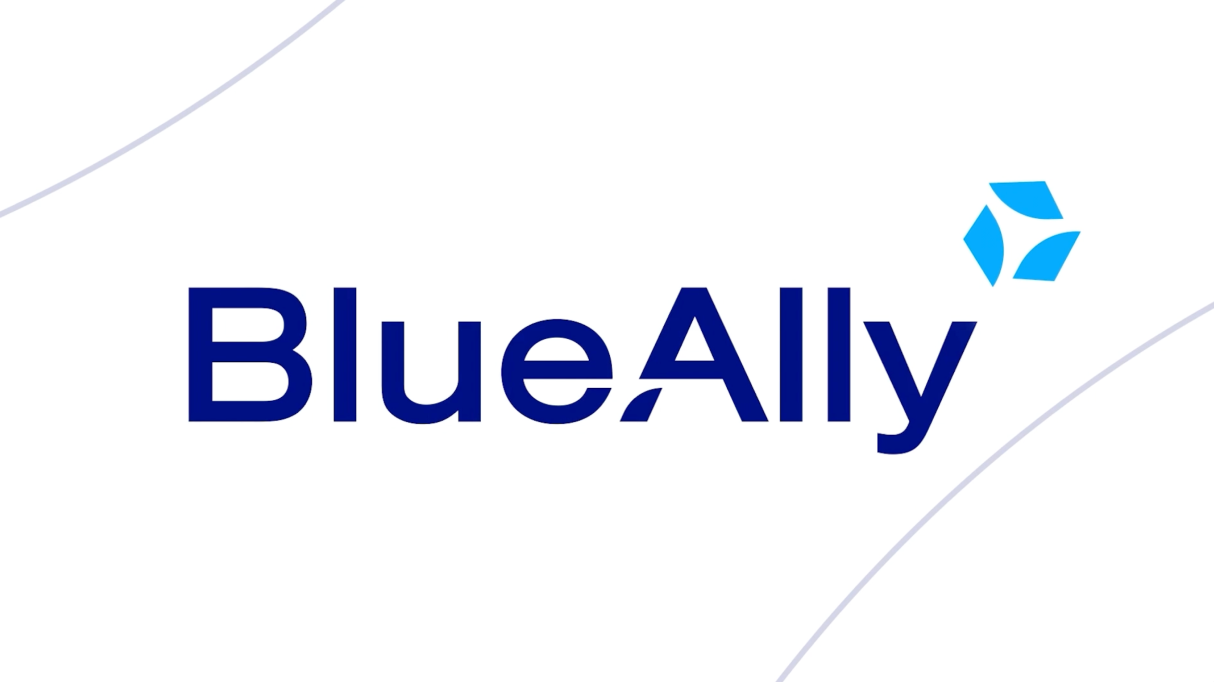 FEATURED
FEATUREDPETER WELCHER | Solutions Architect
Peter would like to thank Martijn van Overbeek for his review, comments, and suggestions. His carrier background and knowledge of telco and cellular technology were very helpful. Any errors remain the author’s.
Private 5G Cellular services seem to be in a quantum state, where its presence and attributes depend on the observer (and other factors): Private 5G is here, about to be here, or in the future.
Alternative perspective: Private 5G was hot, became much less hot, and now vendors are working (slowly) to restore it as hot.
Background
Carriers are building out 5G cellular services, in part because 5G supports more devices/users on the same network, same cell tower. Thus, there is a financial incentive to focus 5G deployment in urban areas, especially where LTE capacity is stressed.
What Is Private 5G Cellular?
Private 5G Cellular is a closed, private network running on 5G cellular. It is different than just sending data over 5G cellular media, in that the owner of the private network controls access to it and manages the equipment (or contracts for that service from a carrier, third party).
- “Private 5G cellular” can be obtained with a cellular service provider supplying core equipment or leveraging its existing physical plant and managing the service. In this usage of the term, the customer has controlled cellular access to a closed network connecting its sites.
- “Private 5G cellular” can also be based on customer-owned equipment, etc. Such usage may be less common where existing cell towers and carrier closed networks don’t fit the use case. Reasons for that might include security isolation and internal control. Rural sites and a dearth of nearby cell tower coverage might also drive the use of Private 5G. The need for higher data rates, or large numbers of devices at low data rates, is another potential driving factor.
Private 5G cellular may include security/access controls, bandwidth guarantees, use of specified licensed or unlicensed spectrum, etc. The standards are still evolving, as far as how to allocate spectrum for private use, control bandwidth and SLAs, provide strong security, etc.
The private 5G market size is estimated to be $2B now and growing.
Why Private 5G?
Some reasons to consider Private 5G:
- Security, or a dedicated high-speed cellular within a location, manufacturing plant, etc.
- Large area coverage, especially where Wi-Fi and wired/fiber access would be costly or unworkable. E.g. a high number of small sensors in fields or warehouses.
This blog will further explore and explain the above statements, and what we currently understand and have learned about private 5G cellular.
The focus here is to provide discussion and links for those who have an interest in or a potential need for private 5G cellular and general awareness of private 5G cellular as a possible WAN option, at least for certain use cases. Future higher speed private 5G cellular sounds great, but may take a while to arrive, and will likely arrive first in certain locations.
Overall organization of this blog: I’ll summarize some of the information and links I found, then comment overall.
Key Factors
Private 5G cellular availability, speeds, costs and so on are varied and probably limited right now. There were problems getting it going as a market, and now vendors are trying to scale it up, market Use Cases, and grow the potential market: drive demand and increase cell provider investments.
The costs of full-scale deployment are high, and there currently is a “chicken vs. egg” problem: availability is spotty, hence low demand, and low demand because of a lack of availability – which begs the question of ROI for carriers.
Private 5G cellular may be the best answer (if available) for certain use cases, generally in the IOT space. It may take time to gather information about specific site availability, and then to obtain licensing. Costs may be higher than Wi-Fi.
Private 5G might be viewed as part of IOT. I’ve chosen to view it as another form of WAN connectivity, albeit one whose main use might be as part of an IOT solution.
Data via StarLink cellular access (albeit at low data rates and some latency) seems to be becoming a significant factor in an adjacent networking offering.
“Private cellular” (often without the “5G”) can also refer to something else: the use of the CBRS (Citizen’s Broadband Radio Service) unlicensed frequency range. It can be used for 5G or LTE cellular service. This usage requires that the private entity provide carrier-like services to itself.
The State of 5G Cellular
The prior 5G blog noted that economics and physics are hindering some of the promise of 5G cellular (in general, not just private 5G).
Physics is involved because coverage at high data rates may require a much greater presence of 5G cell towers/base stations, or the “high” frequency range. Think Wi-Fi Access Points. Yes, cellular signals carry further, and cellular has more spectrum to work with. But data throughput is capped per cell, so to have more bandwidth available overall means that more cells are needed.
Building numerous additional cells will be extremely costly. Right now, the bulk of cellular data fits within 4G capabilities. 5G supports more cell phones. But, on the EXISTING data/IOT side, there is no real market driver for a denser 5G buildout.
One thing that may drive new buildout and/or private 5G is high data rate applications. However, high data rates require wider channels. There’s a tradeoff therefore: more throughput versus more simultaneous traffic flows.
I’ll also note in passing that each frequency band is tied to bandwidth capacity, and higher frequencies can carry more data but are generally shorter range.
The CBRS band (US Unlicensed), is a mid-band and is 150 MHz of spectrum, where each user can be allocated a maximum width of 20 Mhz. The K-band high-band is 4000 MHz of spectrum and can allocate 200 MHz of spectrum per user. Note that allocating wide channels (especially in the 5 GHhz band) prevents channel spacing and creates cross-channel interference.
Cellular licensed and unlicensed RF bands tend to be country-specific, hence country-specific equipment is needed, which potentially adds some cost and slightly complicates stocking and ordering.
There appears to currently be nothing in cellular like there is in Wi-Fi, where an AP can automatically be configured with which frequencies are legal at a given location.
- Key Links
Here are some useful links discussing Private 5G at a high level:
Cisco blog (starts with 5G but quickly gets into Private 5G):
Cisco recently blogged about the future of 5G, trends etc. (blog targeted at Service Providers, but it’s an interesting reading):
Recent great roundtable discussion re 5G led by Nick Lippis:
Growing the Market: Innovation Labs
Apropos of compelling use cases for Private 5G (as opposed to Private LTE) …
Cisco and Intel just announced their Private 5G Innovations Centers (San Jose, then planned for Frankfurt, Germany, Tokyo). They provide sandboxes for testing and development, proof-of-concept, and evaluation of customized solutions, testing end devices and deo systems with Cisco and Intel equipment.
Selected initial use cases:
- Anomaly detection (image/video processing)
- Autonomous retail
- Video surveillance
- Remote assist and work instructions
- Webex Expert on Demand, including use of Smart Glasses
Verizon has similar centers in London, Boston, Los Angeles, and San Francisco. And is doing some partnering with Ericsson and Nokia.
Some use cases:
- Autonomous vehicles
- Automated mobile robots using LIDAR
- Computer vision (e.g. applications for Coke, Frito-Lay)
CiscoLive EMEA showcased use cases:
Pulling All That Together
So 5G and future 6G cellular service seem like a bit of a chicken-and-egg problem. Faster (and dramatically faster) data rates, but at a high cost for national coverage. 4G appears adequate for most current consumer uses. So, carriers are unlikely to spend heavily on 5G/6G just for its own sake as it has low ROI. Thus, we have (or expect) growing pockets of 5G/6G as the tech gets deployed.
One big reason for carriers to deploy 5G is to accommodate more cellular users/devices. That’s presumably why urban and suburban locations have been getting 5G coverage. I suspect that’s not engineered to support a lot of data traffic. (See the anecdote in the prior blog.)
Counterpoint: 5G does potentially have lower costs going for it, since the RAN and Core can be virtualized on generic server computing hardware.
Tied into this: use cases. What problems or business/personal use cases do 4G, 5G, and 6G solve that Wi-Fi does not?
- Private 5G is likely indicated where a faster data rate is required for the application, or where overall data volume must be supported. W-iFi will likely provide more speed sooner. So, the 5G/6G focus will likely be for services Wi-Fi cannot provide.
- Where data volume requires dedicated 5G capacity and is not compatible with data capacity in public 5G coverage.
- 5G provides lower latency than 4G, which does enable some data use cases.
- Private 5G may be attractive where security is required, including secure access controls, e.g. for devices that do not support IPsec VPN or other encryptions.
- Rural and longer distance geographic coverage then might point towards private 5G. Lower data rates are likely. High costs for carriers to deploy may drive private 5G in such cases.
- Mobile endpoints (robots, trains, cars, etc.), autonomous vehicles, etc. may need private 5G. Is a carrier likely to build out coverage all along a rail line?
Flipping this, what are the attributes, especially shortcomings, of Wi-Fi?
- Pro: Higher data rates likely (compared to 4G)
- Pro: Much broader support across many vendors
- Pro: Do It Yourself (no carrier dependency, faster deployment – but you do have to manage and maintain it or get that as a s service)
- Con: Need to install AP’s (not feasible in public spaces or large geographic scopes)
- Con: Short distances
- Con: Lower transmit power, unlicensed band noise/competitive use
- Other Topics / Sources / Links / Summaries
Standards for private 5G cellular are still evolving, slowly (i.e. at typical carrier and international standards pace).
Equipment availability (or support in existing 5G carrier gear) is also a bit of a question mark, pending standards completion. Pre-standard anyone?
The following summarizes some links that were useful/interesting.
Summary of https://www.velaspan.com, especially https://www.velaspan.com/services/private-cellular/:
- (FWIW: In the past, Velaspan has previously subcontracted with us to do WiFi site surveys and installs, and did a fine job of that!)
- Private 5G cellular LTE services are available, at least in some U.S. regions. Pricing and coverage likely varies based on location. Data priority and capacity also likely varies, and is slower than WiFi, but can cover longer distances.
- Thus: available to some degree, in some places, and suitable for some use cases.
- Private 5G cellular currently uses unlicensed spectrum or leased third-party spectrum.
- Noted in passing: Velaspan offers Managed Private 5G Cellular services. They also do cellular coverage surveys, so that e.g. healthcare providers can work with cellular providers to improve coverage, and fix coverage gaps.
- The URL above has a nice chart comparing Wi-Fi to Private 5G Cellular.
- Managed Private 5G Cellular webinar recording (registration required): https://velaspan.zoom.us/webinar/register/WN_dM69t5VgTY-IttIpB2fPzA
More Links
This section contains some additional links that might be of interest, also new relevant links that showed up online after the above was written.
Cisco Questions to Ask Before Adapting 5G for IOT: https://www.cio.com/article/3477910/3-questions-to-ask-before-adopting-5g-for-iot.html?utm_date=20240731135021
- Do other network protocols better suit my needs?
- What are the cybersecurity risks?
- Can I build a solution or should I outsource?
Futures:
- Wi-Fi to Cellular “Domain Roaming” (future): https://www.linkedin.com/pulse/cisco-cto-updates-domain-roaming-5g-wi-fi-kevin-franzen-iv2fc/
Articles about CBRS, the spectrum used in Private 4G/5G:
- Private 5G vs CBRS, Alphabet Soup: https://markhoutz.com/2024/04/30/private-5g-vs-cbrs-alphabet-soup/
One really good source for anything Private 5G is the On-Go alliance, the alliance that actually created the foundation for the CBRS spectrum in the United States: OnGo® Certification Process – OnGo Alliance
Certified 5G LAN specialist course (free): Certified 5G LAN Specialist (C5S) (cwnp.com)
Palo Alto Steps Up Effort to Secure Private 5G Networks: https://www.networkworld.com/article/1311410/palo-alto-steps-up-efforts-to-secure-private-5g-networks.html?utm_date=20240307141719
Startup Highway 9 Networks Delivers Private Mobile Networks for Enterprises: https://www.networkworld.com/article/1312031/startup-highway-9-networks-delivers-private-mobile-networks-for-enterprises.html?utm_date=20240307141427
One-Button (Customer) Upgrade to 5G: https://gestaltit.com/tech-field-day/sulagna/one-button-upgrade-to-5g-with-celona-ap-20/
(Podcast) It’s Time for Private 5G in the Enterprise: https://gestaltit.com/podcast/tom/its-time-for-private-5g-in-the-enterprise/
Eino Private 5G and WiFi Ai Design and Surveys: https://markhoutz.com/2024/06/12/eino-private-5g-and-wifi-ai-design-and-surveys-at-mfd11/
HPE Aruba aims to simplify private 5G for enterprises:
- HPE Aruba Networking Enterprise Private Cellular solution | HPE Aruba Networking (arubanetworks.com)
- Also note: Aruba is integrating Athonet, the Private Cellular vendor they bought last year.
Alternatives
For the longer distance and IOT applications, with lower data rates, LoRaWAN and URWB might be alternatives.
See also my prior short blogs about them:
- https://www.blueally.com/iot-what-is-urwb/
Conclusion
Lower-speed private cellular over 4G/LTE is available now.
Private 5G is available in some places, with Ericsson, Nokia, Celona and others providing gear. Some forms of carrier private 5G equipment or software are apparently still in development, pending standards completion.
Use of public bandwidth for carrier-provided private 5G appears to still limited, except for spot deployments where there is sufficient customer demand, or customer-specific deployments.
Providing higher speed 5G and 6G cellular data (at volume) could be costly for carriers, so we may see spotty deployment. To some extent, current cell coverage does that (and has done so), supporting legacy devices and, in places, the faster newer standards.
The roundtable referenced at the start of the prior blog provided related data. The situation is as follows:
- Telcos necessarily move slowly (size, licensing, real-estate acquisition, etc.)
- They’re targeting Industrial use cases (focused market with ROI) rather than broader Enterprise networking (bigger market but ROI?)
- They have a high sunk cost and are hesitant on ROI grounds to commit to much more cost to deploy private 5G and greater 5G cellular data density.
- Neutral Host might be a great saving factor, solving the density and build-out cost issue, also the signal-inside-big-building issue – but (my question) is, who is going to step up and deploy/manage widespread neutral hosting?
If you google search this topic, you’ll find lots of white papers and companies selling private 5G cellular and private 5G expertise and services. Note that there are some positive advocates who want to sell you something, and if you look, you’ll find other heavily qualified articles with both the positives and negatives!








































